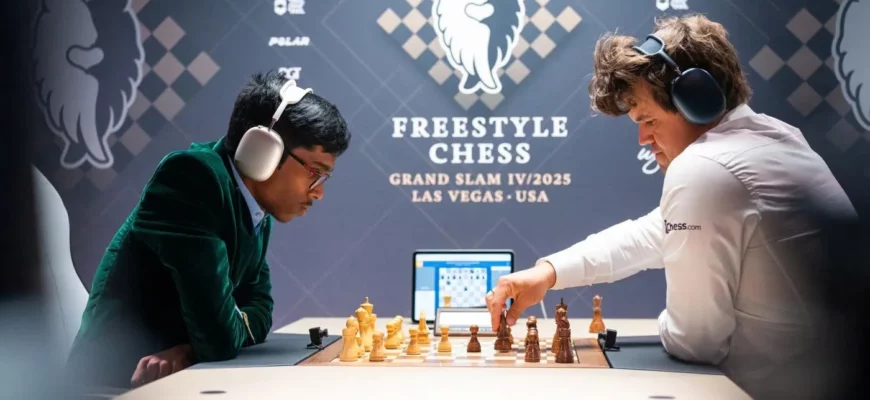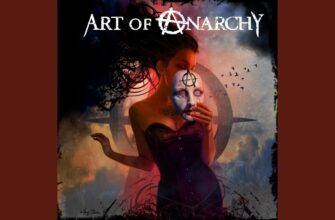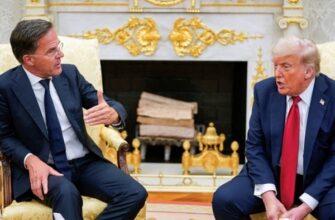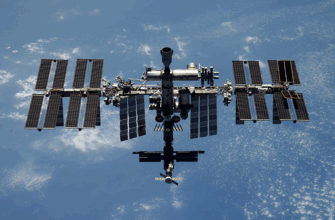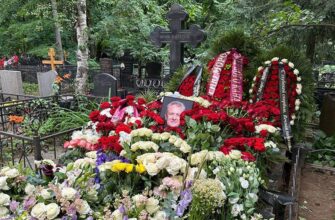The global chess stage turns its gaze to the dazzling lights of Las Vegas this July, as the city plays host to a pivotal leg of the Freestyle Chess Grand Slam. From July 16th to 20th, sixteen of the world`s most formidable grandmasters will converge at the Pavillon Chesnaie du Roy, not merely to play chess, but to redefine it. This isn`t your grandfather`s chess; this is a pure test of ingenuity, resilience, and adaptability.
The Unpredictable Charm of Freestyle Chess
At its core, Freestyle Chess, often referred to as Chess960 or Fischer Random, challenges the very foundation of traditional chess strategy. Gone are the pre-memorized opening lines and the endless theoretical debates. Instead, the back-rank pieces are randomized at the start of each game, leading to 960 possible initial positions. This delightful chaos forces players to think on their feet from move one, relying purely on their tactical vision, positional understanding, and ability to navigate uncharted territory.
For the uninitiated, it might sound like a gimmick. For grandmasters, it`s a refreshing, almost brutal, examination of raw chess talent. The randomness strips away the layers of opening preparation that dominate traditional elite chess, exposing the naked analytical prowess of the competitors. It’s a bit like watching a master chef, suddenly deprived of their signature ingredients, forced to conjure a Michelin-star meal from a mystery box. The results are often spectacular, occasionally bewildering, and always fascinating.
A Pantheon of Chess Titans and Rising Stars
The Las Vegas lineup reads like a dream roster for any chess enthusiast. Headlining the event are titans of the game: World Champion Magnus Carlsen (NOR), the ever-popular streaming sensation Hikaru Nakamura (USA), and the strategic powerhouse Fabiano Caruana (USA). Their presence alone guarantees fireworks.
But the tournament is far from a three-horse race. The field is rich with exceptional talent, including a strong contingent of American grandmasters such as Wesley So, Leinier Dominguez Perez, Ray Robson, Hans Niemann, and Samuel Sevian. From Asia, the formidable young prodigies, including India`s R Praggnanandhaa and Arjun Erigaisi, and Uzbekistan`s Nodirbek Abdusattorov and Javokhir Sindarov, are poised to challenge the established order. The diverse international representation promises a vibrant clash of styles and generations.
Group White
- Magnus Carlsen (NOR)
- Wesley So (USA)
- Nodirbek Abdusattorov (UZB)
- Vincent Keymer (GER)
- R Praggnanandhaa (IND)
- Levon Aronian (USA)
- Javokhir Sindarov (UZB)
- Bibisara Assaubayeva (KAZ)
Group Black
- Hikaru Nakamura (USA)
- Fabiano Caruana (USA)
- Arjun Erigaisi (IND)
- Leinier Dominguez Perez (USA)
- Vidit Santosh Gujrathi (IND)
- Hans Moke Niemann (USA)
- Ray Robson (USA)
- Samuel Sevian (USA)
The Road to Glory: Format and Stakes
The tournament unfolds in a compelling two-stage format designed to maximize competitive intensity. It kicks off with two round-robin groups, each featuring eight players. This initial phase is crucial, as only the top four from each group will advance to the coveted main knockout bracket, battling for the top eight positions. The remaining players aren`t simply sent home; they compete in a parallel bracket, ensuring every participant remains engaged and every position, from first to sixteenth, is fiercely contested.
Each encounter is a mini-match, typically comprising two games, with specific time controls and tie-break rules varying as the tournament progresses. This format adds another layer of strategic depth, requiring players to adapt not just to the board but also to the fluctuating stakes and time pressures. It`s a marathon of sprints, demanding both stamina and explosive bursts of brilliance.
Las Vegas: The Perfect Stage for a Grand Slam
Why Las Vegas for such a cerebral pursuit? The city, synonymous with high stakes and audacious gambles, provides an ironically fitting backdrop for Freestyle Chess. Here, where fortunes are won and lost on calculated risks, grandmasters engage in a different kind of high-stakes play – one where the “gambles” are positional sacrifices and the “chips” are strategic advantages. The glitz and glamour of Vegas contrast beautifully with the intense focus required at the chessboard, creating a unique spectacle that transcends traditional sports.
Watch the Drama Unfold Live
For fans unable to attend, the entire five-day event will be broadcast live with expert commentary, ensuring no critical move or dramatic twist is missed. Even players who are eliminated from the main contention will remain involved through content duties, providing insights and keeping the narrative alive throughout. This commitment to full coverage underscores the Grand Slam`s dedication to engaging its global audience, transforming a chess tournament into a dynamic, continuous live spectacle.
A New Era for Chess
The Freestyle Chess Grand Slam in Las Vegas is more than just another tournament; it`s a statement. It champions a format that prioritizes raw talent and adaptability, pushing grandmasters beyond their comfort zones and into realms of pure creativity. As the chess world continues to evolve, events like this are crucial in captivating new audiences and showcasing the timeless appeal and dynamic future of the royal game. Prepare for five days of unpredictable, high-octane chess that promises to be nothing short of extraordinary.

